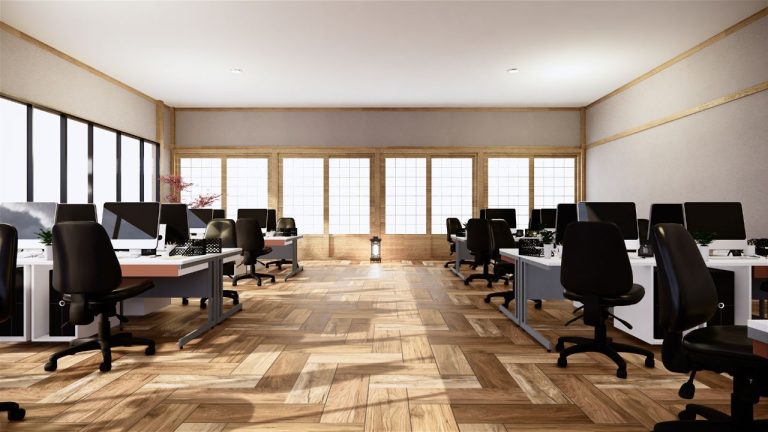How to Solve Difficult Industrial Property Lease Negotiations
Have you ever come across an industrial lease where things seem to be ‘going nowhere fast’? The parties to the deal can be unrealistic and opportunistic.
Both landlords and tenants like to ‘have a win’ but the realism of the property market will not go away (nor should it). That’s where you step in with the real facts of the location and leasing the property type. Confidence and knowledge in the local property market will help you negotiate directly and competitively.
I like to look at things this way; the landlord needs a tenant, and the tenants want space to occupy and run their business from. Keep things simple and factual. Common sense prevails and the facts of the market support ‘common sense’ in the lease negotiation. Gather the facts about the market locally and know how to negotiate the deal with the direct facts and correct documentation.
In every lease deal these rules apply and can help you:
- In your location there will be a vacancy factor to consider. Just how many other industrial properties are on the leasing market now that remain vacant and unlet? How long have they been vacant? Why are they vacant? They will have an impact on the enquiries that come in as well as rental negotiations that occur.
- Vacancy rates fluctuate during the year. Businesses tend to operate on ‘years’, be they calendar or financial years; towards the beginning and end of each ‘year’ the activity in leasing tends to rise as businesses and tenants look around for more space or a change of location. Keep a tally on the vacancy rates in your territory, town, or city. You can use those vacancy rates to condition the landlord or tenant as the negotiation requires and as enquiry fluctuates.
- Understand what tenants are looking for when it comes to leasing industrial premises today and the improvements or property configurations. Special factors include car parking, security, and size of warehouse, office configuration, and ratio of office to warehouse space, hardstand, access, loading docks, transport facilities, and communications. All of these things will have factors of attraction for a tenant in the lease discussions. Look at your listings now and determine which listings stand out as good value and high quality.
- On a weekly basis track the number of inbound enquiries coming to you. Find out how people are coming to you and why; those facts will show you what is working and what is lacking in your marketing efforts. Consider tracking enquiries relating to inbound calls, database, signboards, website, email, direct mail, and cold calling. When you know what is working in and as part of your marketing, then you can quote numbers when negotiating with landlords and tenants. Real facts about property enquiry give you leverage.
- Market rents are applicable to the property type and location. Setting the rent is not a ‘guessing process’. There is logic to setting industrial rents and when you get it right you can create better rates of enquiry from every marketing campaign. Tenants know what rents are out there; they have been inspecting other properties and talking to other agents. Your property rents must be keenly structured for the best levels of ‘tenant attraction’. So how will you condition the landlord to those rents? Keep an up to date schedule of comparable property rents, outgoings, incentives, and vacancy factors, together with the ‘supply and demand’ estimates for property locally.
These simple and yet important leasing facts will give you as the property negotiator the control of the lease negotiation. When a negotiation is a ‘headache’ or the parties seem unrealistic it is generally because the facts to support the reality of the property market are missing. Good facts solve leasing problems and hurdles. Are you a good lease negotiator? Do you have all the facts?







